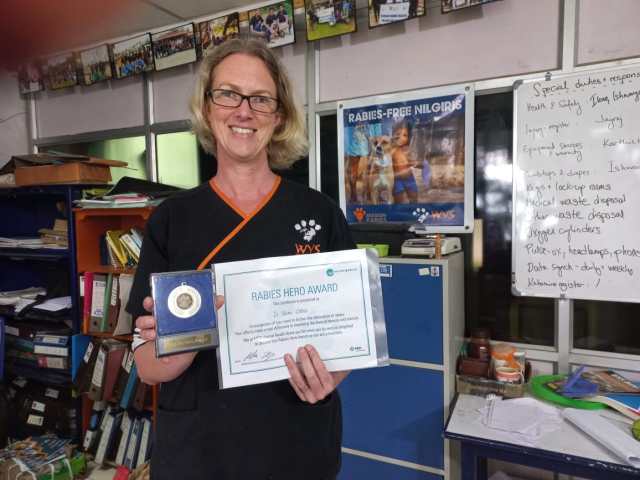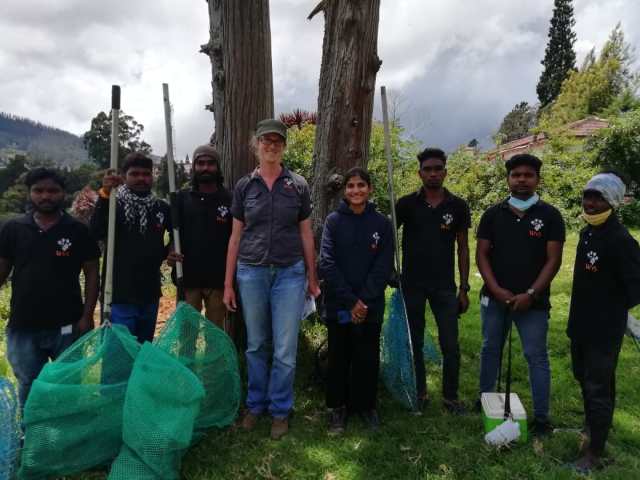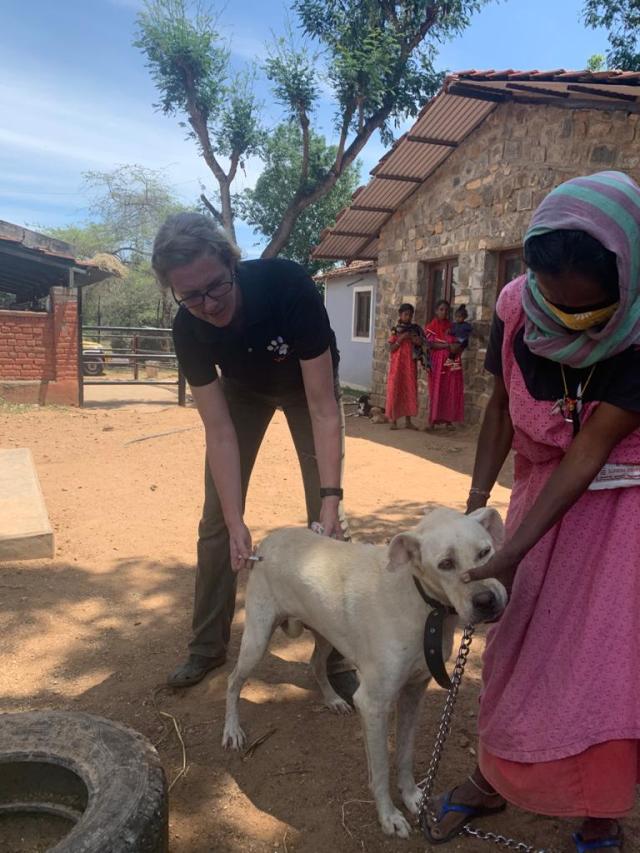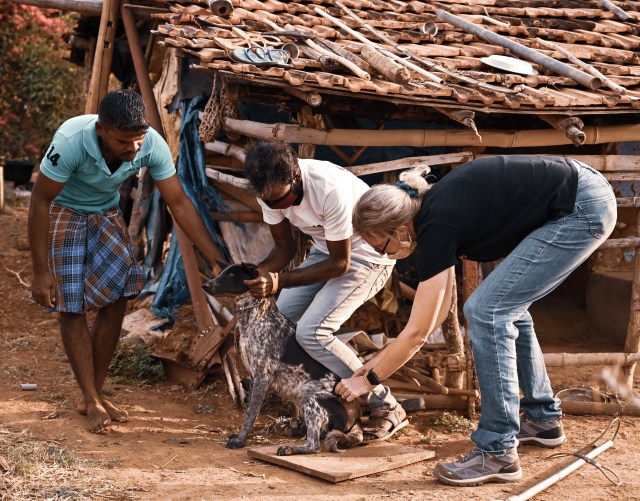Home \ Knowledge Hub \ Opinion \ Rabies Hero Dr Ilona Otter – work in pictures


02 Nov 2021
Rabies Hero Dr Ilona Otter – work in pictures
SHARE

MARTA NOWAK
Marketing Lead, International Veterinary Health
The latest Rabies Hero Award recipient, Dr Ilona Otter, has been instrumental to improving rabies control in Ooty, pioneering new solutions and introducing smart methods to make the efforts to eliminate this disease more sustainable.

We are delighted to present a photo impression from the different rabies vaccination programs in the Nilgiris district, Tamil Nadu, South India, and the thoughts that Ilona shared with us about her experience working to eliminate rabies.

“Thanks to the annual vaccination campaign by WVS, the district has been maintained free of canine rabies now for over a decade. We vaccinate free-roaming dogs in the municipality areas with a team of dog catchers, using catching nets and we also record the sterilisation status of each dog that we vaccinate. This helps to monitor the percentage of the free-roaming dog population that is sterilised and also helps us to collect data to estimate the free-roaming dog population in the district. Every vaccination drive is also an educational experience to our changing crew of junior resident vets who will take these experiences with them as they eventually return to their home states to work.”

“In the rural villages, most dogs have owners, even though most of them are let to roam free most of the time. These dogs can be vaccinated by just owners restraining them. One of my goals in rabies control work in India is to break the myth that the main obstacle in controlling rabies by vaccination of dogs is the inability to catch stray dogs. The main challenge is not how to catch stray dogs but how to ensure delivery of quality rabies vaccine for all owned dogs, especially owned dogs in rural India where veterinary services and adequate vaccine stock are not easily available. In rural areas, even if not one stray dog is vaccinated but all owned dogs were vaccinated annually, that would itself be a huge improvement and control rabies transmission significantly. That said, urban areas and cities are a different story where we need to be focusing on the actual stray dogs and how to catch them and how to maintain those programs annually.”

“I run a small WVS dispensary at my home farm and many villagers bring their dogs there for vaccination. This is result of many years of annual door-to-door vaccination campaigns and awareness raising that has resulted in many owners now actively coming and seeking for vaccine, not just waiting for the team to come to their doorstep. However, the door-to-door approach still continues to be our main mode of vaccine delivery in these villages.”
To go back to Rabies Heroes homepage and read more click here.
MARTA NOWAK
Marketing Lead, International Veterinary Health
The views expressed in this article are those of the author(s) and do not necessarily represent those of MSD Animal Health.

